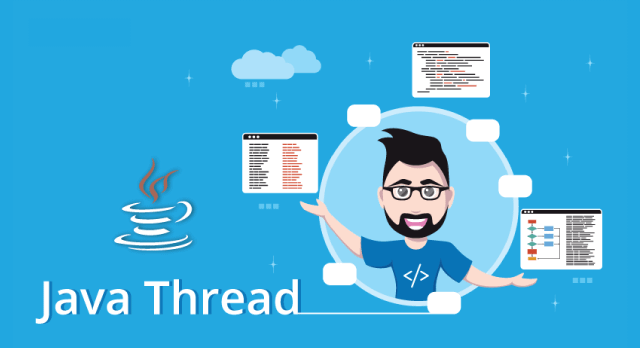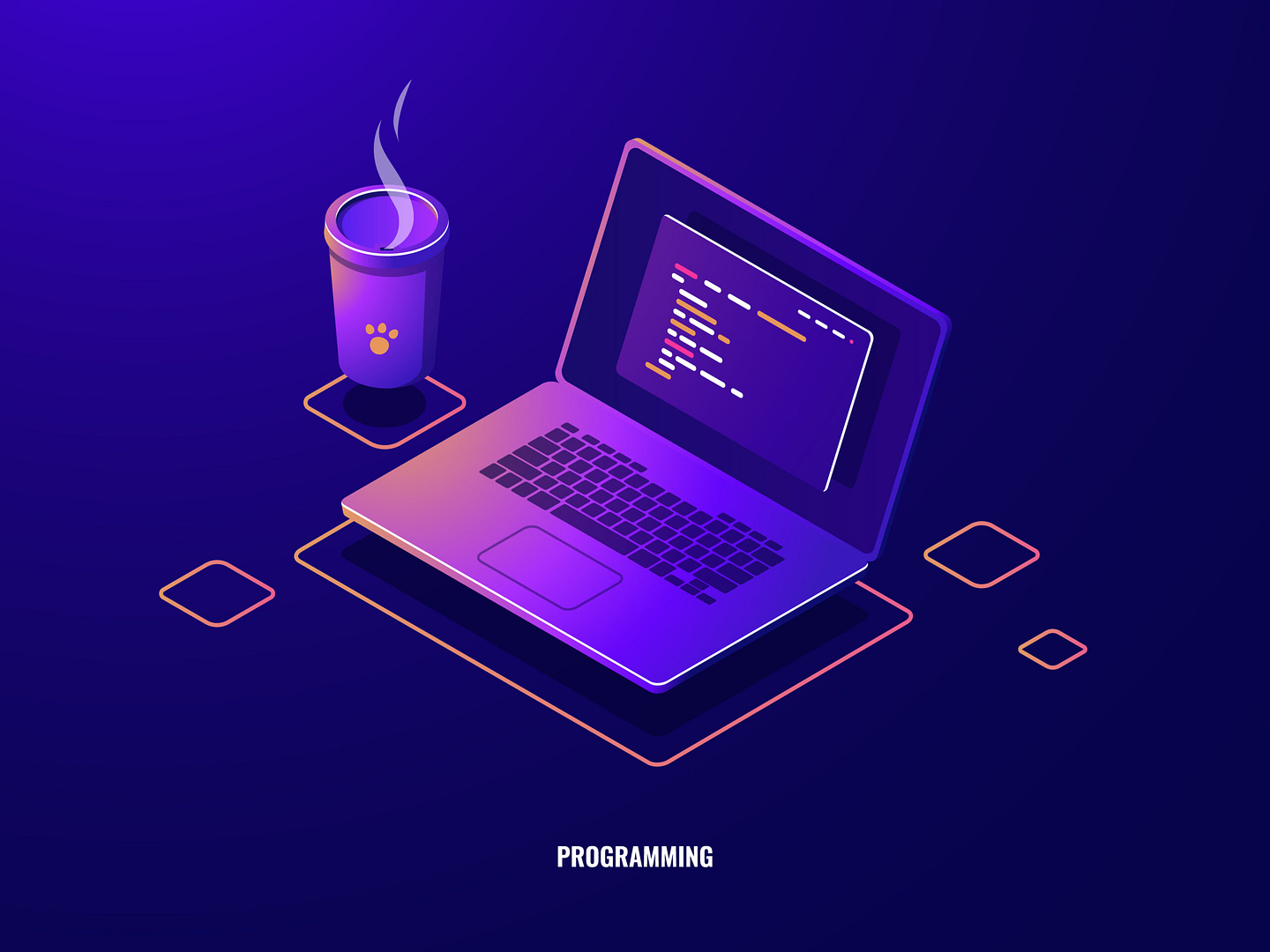
Blog Articles
Mastering Multi-threading in Java: Concurrent Programming
Table of Contents
In the dynamic landscape of Java programming, where responsiveness and efficiency are paramount, multi-threading emerges as a formidable technique, orchestrating a symphony of parallel execution. It transcends the traditional sequential approach, empowering applications to gracefully juggle myriad tasks simultaneously. As Java developers navigate the complexities of modern software development, understanding and mastering multi-threading becomes not just a skill set but an indispensable necessity.
We embrace the art of thread creation, understanding the lifecycle of threads, and implementing synchronization mechanisms that lay the foundation for harmony in concurrent execution.As we traverse the multifaceted landscape of multi-threading, we shed light on advanced concepts that distinguish seasoned developers. Thread communication becomes an art, where the orchestration of ‘wait()’, ‘notify()’, and ‘notifyAll()’ turns into a symphony of coordination. We explore atomic operations and the powerful utilities within the java.util.concurrent.atomic package, adding finesse to our multi-threading repertoire.

Why Multi-threading Matters:
Multi threading, often hailed as the art of executing multiple threads concurrently, introduces a paradigm shift in the way Java applications harness processing power. It transforms the linear flow of execution into a dynamic tapestry where threads seamlessly interweave, each handling a distinct task. This artistry empowers developers to break down complex problems into parallel tasks, elevating application performance and responsiveness. It’s a fundamental concept has several reasons:
- Improved Performance: Multi-threading allows applications to perform multiple tasks simultaneously, leading to enhanced performance and responsiveness. This concurrent execution not only reduces overall processing time but also maximizes hardware resources, resulting in optimal utilization and a more efficient user experience. Furthermore, by seamlessly dividing complex operations into parallel threads, multi-threading facilitates the creation of robust, high-throughput applications capable of handling intricate tasks with greater efficiency and speed.
- Resource Utilization: Efficient use of resources, as different threads can work on independent tasks concurrently. This parallelization not only ensures a balanced distribution of computational load but also minimizes idle time for processors, making optimal use of available resources. Additionally, by leveraging multiple threads, developers can tap into the full potential of modern, multi-core processors, maximizing computational power and elevating the overall efficiency of the application. The result is a finely tuned system that achieves peak performance while making the most effective use of hardware capabilities.
- Scalability: Multi-threading is crucial for building scalable applications that can handle an increasing number of tasks or users. This inherent scalability empowers applications to gracefully expand their capacity, accommodating growing workloads and user bases without sacrificing performance. As demands rise, multi-threading ensures that the application’s responsiveness scales proportionally, providing a robust foundation for handling varying levels of concurrent activities and enabling seamless growth in tandem with user requirements.
Multi-threading Basics:
1. Thread Creation
- Exploring the various ways to create threads in Java, including extending the Thread class and implementing the Runnable interface, opens a gateway to the versatility of concurrent programming. Extending the Thread class offers a straightforward approach, allowing developers to encapsulate thread logic within the class itself.
- On the other hand, implementing the Runnable interface promotes a cleaner separation of concerns, as it decouples the thread’s behavior from the object’s identity. This flexibility not only caters to diverse coding styles but also lays the foundation for designing scalable and modular multi-threaded applications, where the creation and management of threads become dynamic elements of the overall software architecture.
2. Thread Lifecycle:
Understanding the lifecycle of a thread, including states such as NEW, RUNNABLE, BLOCKED, WAITING, TIMED_WAITING, and TERMINATED, provides a comprehensive roadmap to the dynamic journey threads undertake within a Java application.
- NEW State: In this initial state, a thread is created but not yet started. The thread is considered alive but hasn’t begun executing its run method.
- RUNNABLE State: Once the thread starts execution, it enters the RUNNABLE state, indicating that it is ready to run and may be actively executing or waiting for its turn to be scheduled.
- BLOCKED State: A thread transitions to the BLOCKED state when it is waiting for a monitor lock to enter a synchronized block or method. It temporarily relinquishes its execution to allow other threads to proceed.
- WAITING State: Threads enter the WAITING state when they are waiting for another thread to perform a particular action. This state is often associated with methods like
Object.wait(). - TIMED_WAITING State: Similar to WAITING, but with a time limit. Threads enter the TIMED_WAITING state when they are waiting for a specific period, as seen in methods like
Thread.sleep()orObject.wait(timeout). - TERMINATED State: A thread enters the TERMINATED state when it completes its execution or when an unhandled exception occurs. In this state, the thread has finished its lifecycle.
This understanding of thread states is pivotal for effective thread management, synchronization, and coordination within a multithreaded Java application. It allows developers to visualize and control the flow of threads, ensuring optimal performance and resource utilization throughout their lifecycle.

3. Synchronization:
- Synchronization is paramount in multithreading to prevent data inconsistencies and race conditions. It ensures orderly access to shared resources, maintaining data integrity and preventing conflicts. By regulating concurrent access, synchronization guarantees predictable execution sequences, preventing unexpected outcomes and fostering a coherent application state. In the multifaceted realm of multithreaded programming, mastering synchronization is essential for safeguarding against pitfalls and ensuring the reliability of shared data.
4. Thread Pools:
- Thread pools act as a resource optimization mechanism in managing and reusing threads. Thread pools efficiently handle the dynamic allocation of threads, minimizing resource overhead and enhancing overall application performance.
Advanced Multi-threading Concepts:
- Thread Communication:Implementing inter-thread communication involves using techniques like
wait(),notify(), andnotifyAll()to enable seamless collaboration and synchronization among threads. These methods are essential tools for orchestrating communication, allowing threads to efficiently coordinate their activities and share information within a multi-threaded environment. - Atomic Operations:Exploring atomic operations and leveraging classes from the
java.util.concurrent.atomicpackage unveil powerful tools for ensuring thread-safe, atomic operations in a multi-threaded Java environment. These constructs, such asAtomicIntegerandAtomicReference, facilitate precise control over shared variables without the need for explicit synchronization, enhancing both simplicity and performance in concurrent programming. - Parallel Streams:Harnessing the power of parallel streams in Java introduces a transformative approach to concurrent processing of collections. Parallel streams enable developers to effortlessly parallelize operations on large datasets, leveraging the full potential of multicore processors for enhanced performance. By seamlessly integrating parallel streams, developers can unlock substantial improvements in processing speed and efficiency when dealing with complex computations and transformations on collections.
Challenges and Considerations:
1. Debugging Multi-threaded Applications:Effectively debugging complex multi-threaded applications involves employing strategic strategies and specialized tools. Thread profilers and monitors become invaluable assets for identifying and resolving issues like deadlocks, race conditions, and thread contention. Understanding the thread lifecycle, examining thread dumps, and strategically placing breakpoints are key techniques for pinpointing concurrency-related bugs. Mastering the art of tracing and analyzing threads is essential in this complex debugging landscape, ensuring the stability and reliability of multi-threaded Java applications.
2. Common Pitfalls:Addressing common pitfalls and mistakes in multi-threading, including issues like incorrect synchronization and deadlock scenarios, is crucial for developing robust and reliable Java applications. Vigilance in managing shared resources, proper synchronization techniques, and employing thread-safe constructs can prevent data inconsistencies. Additionally, understanding the causes and avoidance of deadlock situations, where threads are mutually blocked, is paramount to maintaining smooth and efficient multi-threaded execution. By proactively addressing these pitfalls, developers can create resilient applications that harness the power of concurrency without compromising stability.

Difference between Multi-threading and Multiprocessing:
- Definition:
- Multi-threading: Involves multiple threads of execution within a single process. Threads share the same address space and resources, allowing for efficient communication but requiring synchronization mechanisms to avoid conflicts.
- Multiprocessing: Involves the execution of multiple processes simultaneously, each with its own address space. Processes run independently, and communication between them typically involves inter-process communication (IPC).
- Resource Sharing:
- Multi-threading: Threads within a process share the same resources, such as memory space and file descriptors. Communication is more straightforward but requires careful synchronization to prevent data inconsistencies.
- Multiprocessing: Processes have separate memory spaces, reducing the need for explicit synchronization. Communication between processes often involves more overhead through IPC mechanisms.
- Complexity:
- Multi-threading: Generally less complex than multiprocessing, as threads within the same process can communicate more easily. However, managing shared resources requires careful attention to avoid race conditions and deadlocks.
- Multiprocessing: Can be more complex due to the need for explicit communication between independent processes. IPC mechanisms, such as message passing or shared memory, add complexity.
- Fault Isolation:
- Multi-threading: If one thread encounters an error (e.g., a segmentation fault), it can potentially affect the entire process, as threads share the same memory space.
- Multiprocessing: More robust in terms of fault isolation. If one process fails, it typically doesn’t impact others, as they operate independently with separate memory spaces.
- Performance:
- Multi-threading: Generally more lightweight in terms of resource usage, as threads share the same memory space. However, performance gains may be limited by the presence of synchronization mechanisms.
- Multiprocessing: Can provide better parallelism and scalability, especially on multi-core systems. Each process can run on a separate core, potentially improving overall performance.
Conclusion:
Mastering multi-threading in Java, especially in collaboration with Innostax, goes beyond writing concurrent code—it’s about delving into the intricacies of thread management, synchronization, and optimization. As you embark on this journey with Innostax, you’ll discover that well-designed multi-threaded applications form the backbone of responsive and scalable Java software. Dive into the nuances, explore the transformative capabilities of multi-threading, and empower your Java applications with Innostax’s expertise in Java multi-threading.

Get a Fast Estimate on Your Software Development Project
We are committed to delivering high-quality IT solutions tailored to meet the unique needs of our clients. As part of our commitment to transparency and excellence, we provide detailed project estimations to help our clients understand the scope, timeline, and budget associated with their IT initiatives.
Related Post









